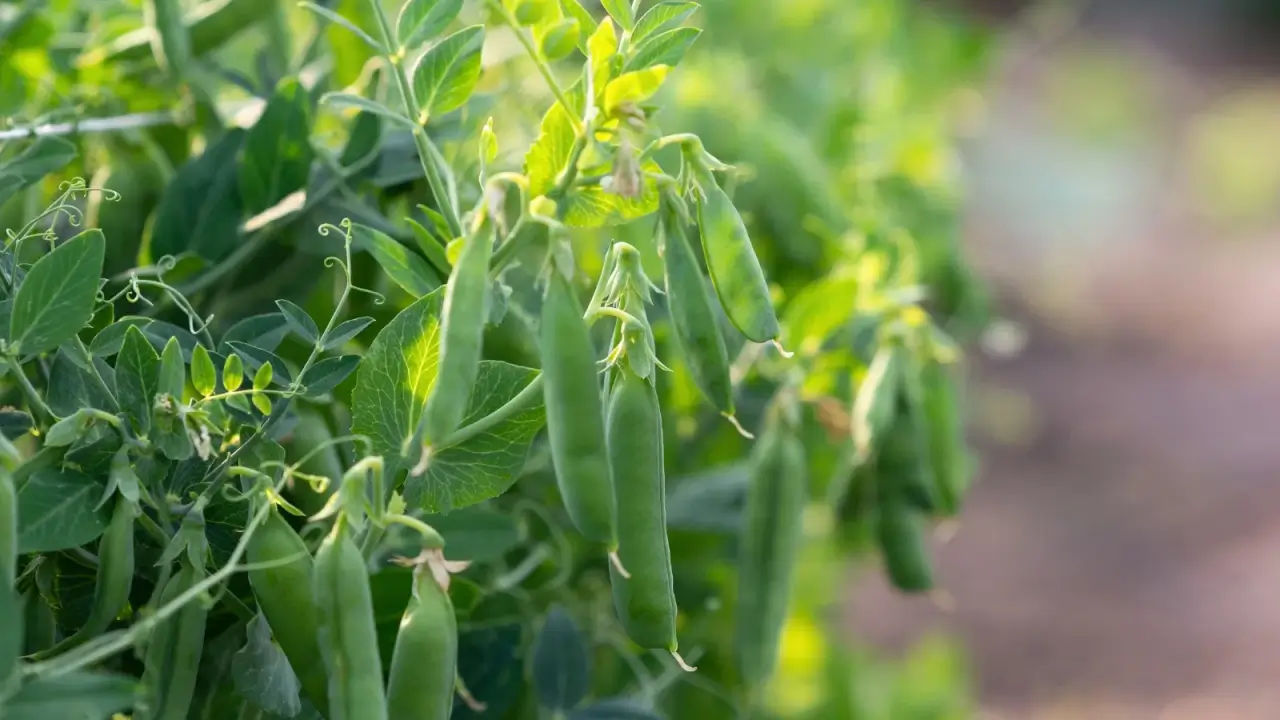
"Cover crops are important in areas cultivated year after year. They reduce soil erosion and improve its overall health. As spring heats the soil, cover crops suppress weeds, and as they grow, they support biodiversity. The highest-yielding cover crops bring something to the market, too. While they don't always provide returns in the season they're grown, they can offer higher yields to next year's crops, ensuring that the necessary nutrients for thriving plants are there throughout peak cultivation."
"Ranchers should certainly consider cool-season rye grass for their forage and fodder plots. Among others in the "highest-yielding cover crops" category, rye grass is a great nitrogen fixer. As long as you have one and a half to two months before the freezing weather arrives, this is a good one to plant. Compared to cereal rye, this grass breaks down quickly, covering the soil when it's cold, and protecting it from elemental damage. It's a much more nutritious fodder than hay,"
Cover crops reduce soil erosion, improve soil health, suppress weeds in spring, support biodiversity, and can increase yields of following crops. Some cover crops produce forage or marketable harvests and can supply nutrients for next season's peak cultivation. Gardeners should identify plants that deplete soil and seed cover crops in rows that need nutrient replenishment, guided by soil tests. Cool-season rye grass serves as a high-yielding, fast-decomposing nitrogen fixer and nutritious fodder if planted one-and-a-half to two months before frost. Buckwheat attracts lady beetles and other beneficial insects and suits varied soils; cull buckwheat within 20 days of flowering to boost beneficial insect populations.
Read at Modern Farmer
Unable to calculate read time
Collection
[
|
...
]